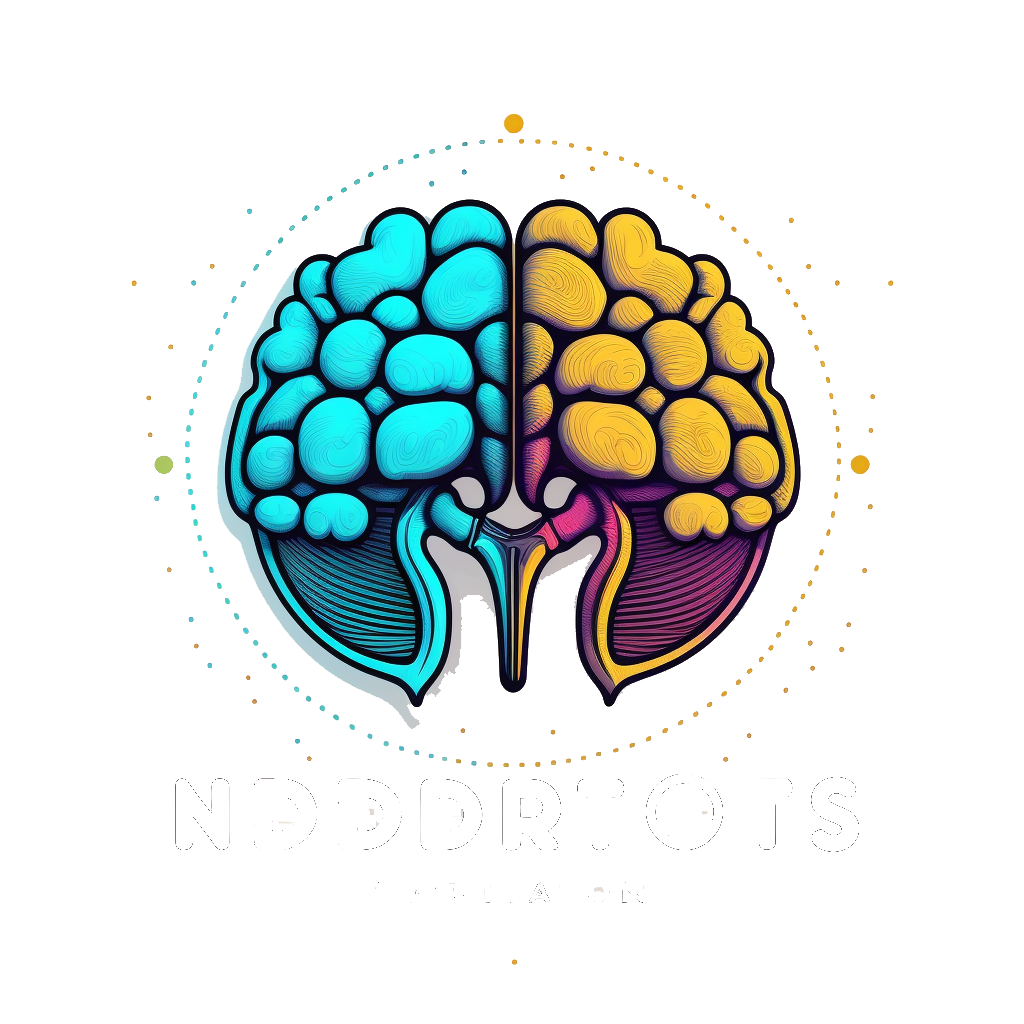Pramiracetam is a synthetic nootropic compound that belongs to the racetam family. It is known for its cognitive-enhancing effects and is often used to support memory, focus, and mental clarity. In this article, we will explore the origins and history of Pramiracetam, as well as delve into its three key benefits as a nootropic.
Pharmaceutical Origins and History:
Pramiracetam was first developed in the 1970s by the Belgian pharmaceutical company UCB Pharma. It was derived from the parent compound piracetam, which was the first racetam nootropic to be discovered.
Pramiracetam was initially studied for its potential use in the treatment of Alzheimer’s disease and other cognitive disorders. However, it has gained popularity as a cognitive-enhancing supplement due to its unique properties and benefits.
Benefits of Pramiracetam as a Nootropic:
Enhanced Memory and Learning: One of the primary benefits of Pramiracetam is its ability to enhance memory and learning. It has been shown to facilitate the formation and consolidation of new memories by modulating neurotransmitter systems in the brain.
Pramiracetam increases the release of acetylcholine, an ester of acetic acid and choline, and a neurotransmitter that plays a crucial role in learning and memory processes. By enhancing acetylcholine activity, Pramiracetam can improve memory formation, retention, and recall. Studies have demonstrated that Pramiracetam may be particularly effective in enhancing working memory, which is essential for tasks that require active information processing and manipulation. This can be beneficial for students, professionals, and individuals seeking cognitive performance enhancement.
Cognitive Enhancement and Focus: Pramiracetam is widely known for its cognitive-enhancing effects, particularly in terms of focus and mental clarity. It enhances brain function by increasing blood flow and oxygen utilization in the cerebral cortex, the region of the brain associated with cognitive processes. By improving cerebral blood flow and oxygenation, Pramiracetam enhances neural activity and supports optimal cognitive performance. Users often report increased mental alertness, improved concentration, and enhanced focus while taking Pramiracetam.
Additionally, Pramiracetam has been found to enhance the activity of glutamate receptors in the brain. Glutamate is the primary excitatory neurotransmitter involved in various cognitive functions, including attention and focus. By modulating glutamate receptor activity, Pramiracetam may contribute to improved cognitive function and focus.
Neuroprotective Properties: Another notable benefit of Pramiracetam is its neuroprotective properties. It has been shown to protect against oxidative stress and neuronal damage, which can contribute to cognitive decline and neurodegenerative disorders.
Pramiracetam exhibits antioxidant effects, helping to neutralize harmful free radicals and reduce oxidative damage in the brain. By protecting neurons from oxidative stress, Pramiracetam may support overall brain health and preserve cognitive function.
Furthermore, Pramiracetam has been found to enhance the synthesis and release of brain-derived neurotrophic factor (BDNF), a protein that promotes neuronal growth and survival. BDNF plays a crucial role in neuroplasticity, the brain’s ability to adapt and reorganize itself. By enhancing BDNF activity, Pramiracetam may promote neuroplasticity and support healthy brain function
Pramiracetam is a synthetic nootropic compound that offers several cognitive-enhancing benefits. Its ability to enhance memory, focus, and mental clarity has made it a popular choice among individuals seeking cognitive performance enhancement.
